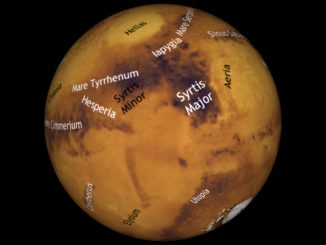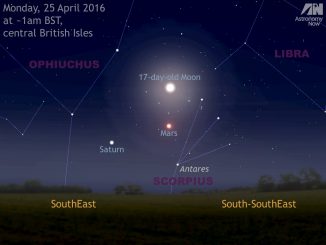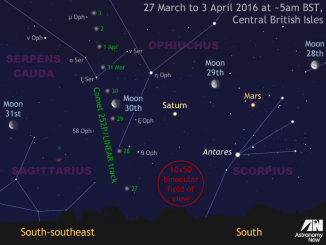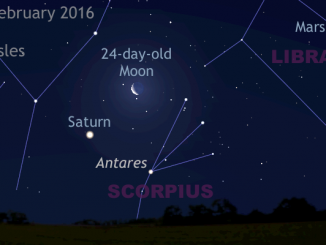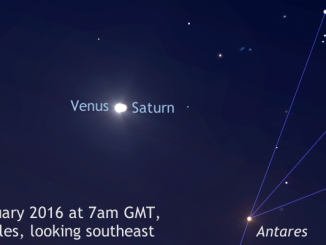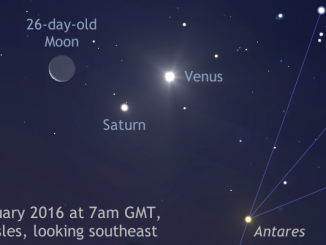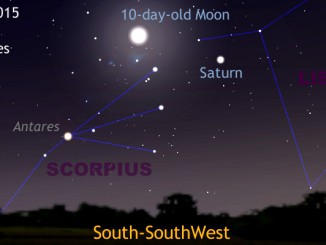
See Mars at its closest for over a decade and Saturn at opposition
On the evening of Monday, 30 May, Mars is closer to Earth than at any time since 30 October 2005. This begs the question: just how close can Mars get? Ade Ashford gives you an overview of close Martian oppositions past, present and future. Also, Friday, 3 June sees the opposition of Saturn, the other planet visible low in the south around midnight.

